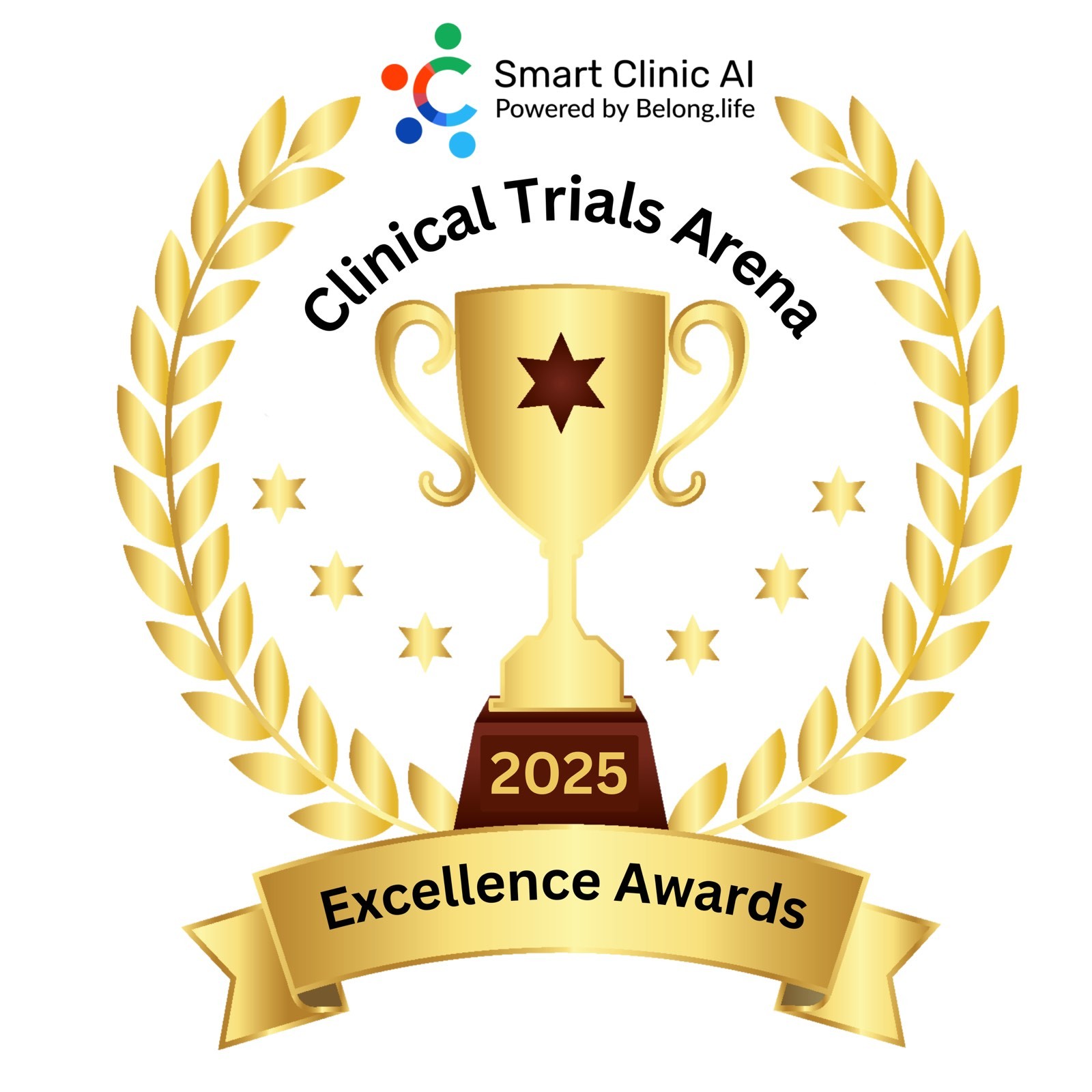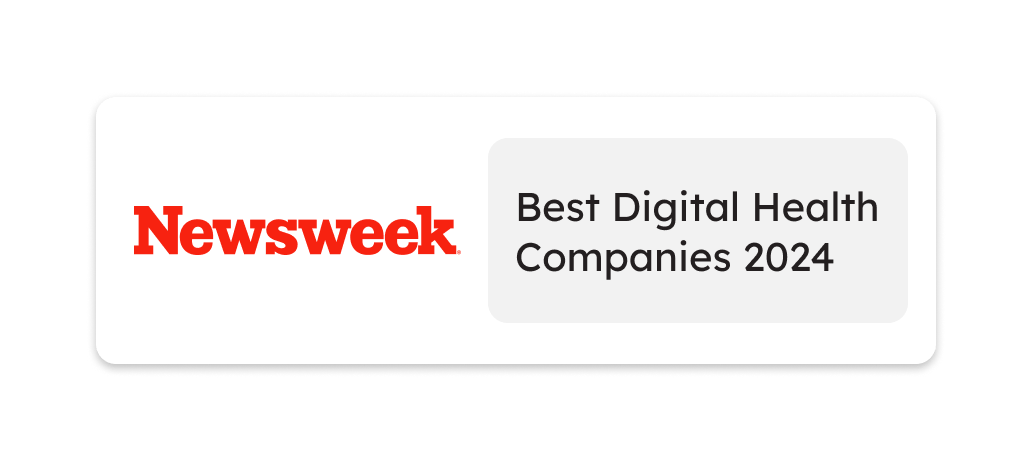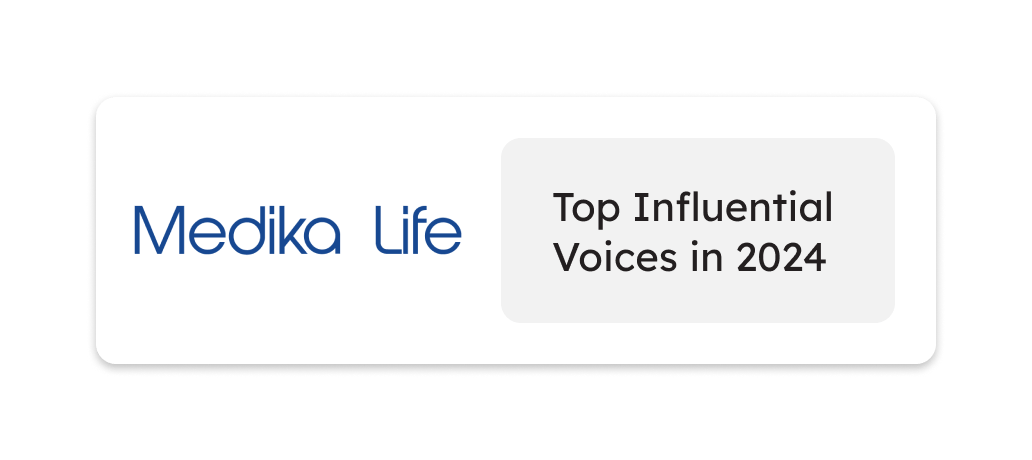Feabruary 2019.
To be candid, I was getting worried about this HIMSS conference. There were abundant presentations and exhibits but at least for me, they seemed too theoretical or too technical. Many were at the 30,000 foot level. Many were engineer driven. The words “interoperable,” and “silos” and “coordinated efforts” and “shared efforts” were repeated again and again.
Panelists also observed repeatedly, “We need change.” I get it. But change isn’t about talk; it is about thinking and then action. It isn’t about platitudes. It is about getting one’s hands dirty. And, technologists and their amazing technology can’t do what’s needed alone.
One speaker yesterday remarked that this interoperability stuff is all just so easy; simply implement what is out there and poof, we’ll be interoperable and healthcare data will be shared. I’m sorry. This just isn’t true.
Anyone who operates a computer or phone knows that even upgrades throw things off. If it were that simple, it would have been done already. It is not easy to create a national interoperable electronic health record. Start with this reality: some want to work from the top down and others want to work from the bottom up.
Speakers and technologists, please be forthright. The audiences weren’t born yesterday as the saying goes.
Yesterday, I also kept seeing booths in vast exhibit halls with technology galore but I saw hospital beds and monitors with no patients attached. That’s how the conference felt to me: detached. Yes, there were things being sold galore (expensive things) but there was plenty of hot air too. I felt like the patient sitting in that thin gown on the examining table. I kept thinking: Where were the real people with the real news and the real solutions and the real understanding of the patients they serve?
Then I found them and I will highlight two of them today. In the vast conference space, I bumped into the right people and the right exhibits and I am excited to share what I saw and its possible impact on individuals and healthcare systems. And, what I saw is transportable into our thinking about education – where we also have silos and lack of coordination and lots and lots of talk.
I thought I was searching for a needle in a haystack. But I found many needles and haystacks. Exciting.
Belong.Life is not a device; it is a program (a remarkable one) that works on one’s cell phone or other connected device. As CTO Irad Deutsch explained, he was worried (based on his own familial experience) about how cancer affects individuals and their families and how much information asymmetry exists. And, given the changes in cancer treatments and the variations among patients, knowledge is key and knowledge can even be power. And navigation is hard. Some breast cancer centers even have human navigators to help patients.
Cancer patients have one commodity that really matters – their time. So, if we can ease cancer patient’s burdens – organizing their schedules for healthcare delivery (everything from doctor appointments to chemo or radiation appointments to pill taking), connecting them to knowledgeable personnel who can answer questions in real time on the spot to matching with clinical trials that may prolong their lives – this would be a powerful tool.
And, Belong.Life also works to connect patients and caregivers to other patients and caregivers. And, it can do it with some precision so one is engaging with people that even have the same gene mutation or co-existing diseases. There can be general chatrooms about cancer and there can be chatrooms about specific subgroups of cancers. And, it can be anonymous, allowing for private engagement offline.
As an article on the company recently observed, they are like the cancer care equivalent of WAZE that helps us navigate to destinations; it gives us the best ways to go. And who doesn’t need help in our complex world – whether driving or getting medical attention?
At first, I kept thinking: well, just Google. Find new treatments. Read materials on the particular cancer that is of concern. Uncover clinical trials. Or, just use Caring Bridge. Or, just use a doctor’s own online materials or handouts. But, finding all this and using all this takes time and research. With Belong.Life, all of things are aggregated. Experts are online. Clinical trial matching can be facilitated using the massive databases. And, there can even be matching to trials that are far from one’s home but are in perfect alignment with one’s particular health situation.









